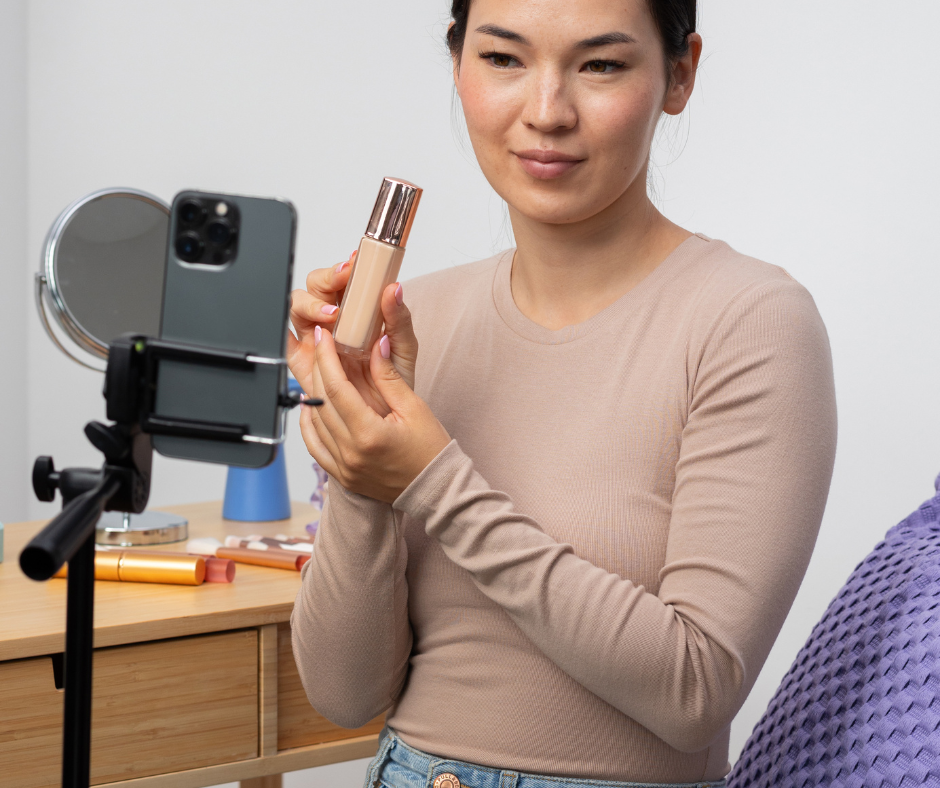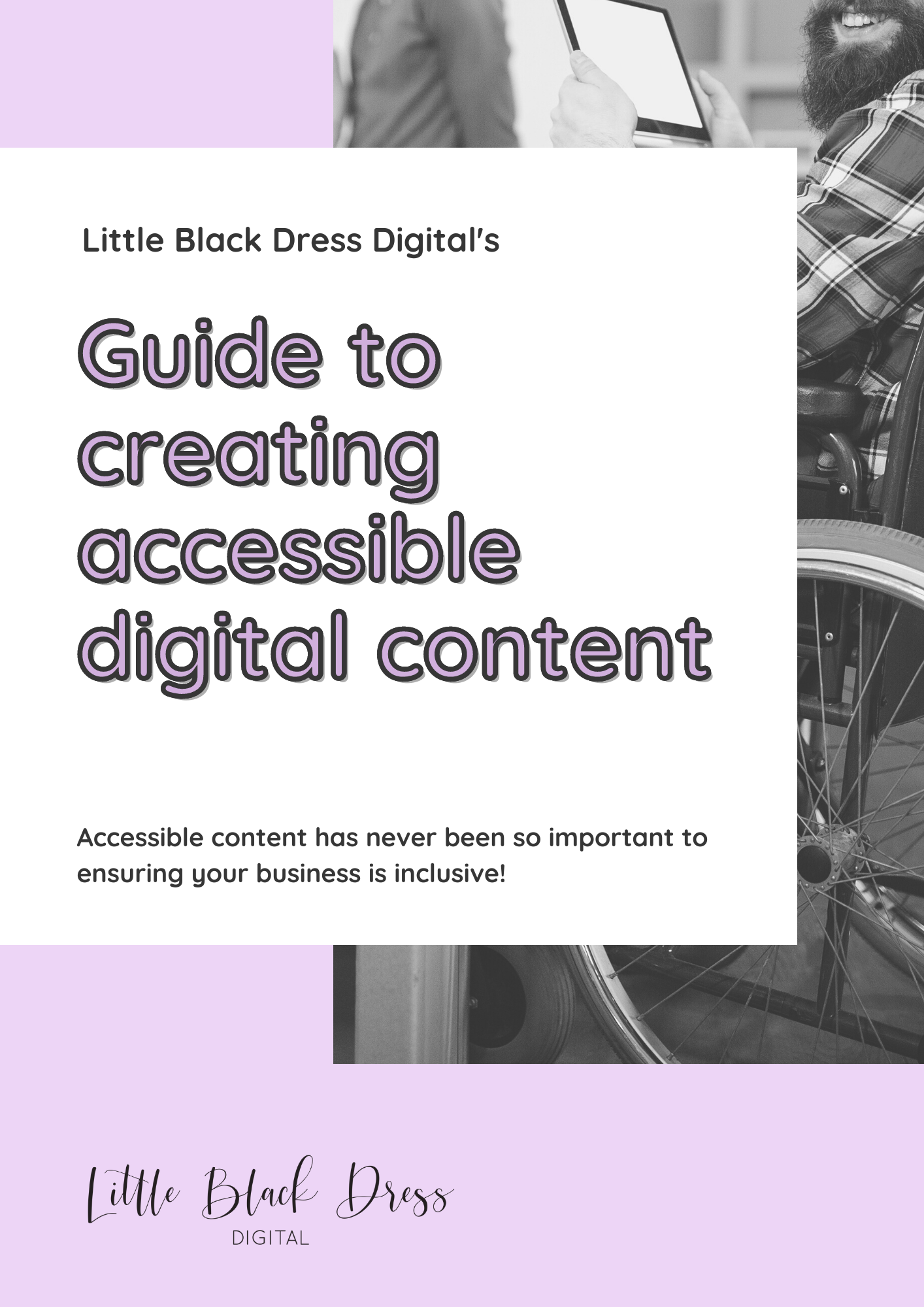2024 is certainly proving to be the year where we are losing trust for content creators trying to push “perfect” lifestyles. You know the type. Buying coffee for a higher price than your danish after your daily pilates class, pretending to like bland green juices and kombucha, and 20-step skincare routines – all while also having a stable career. Just a tad unrealistic, right? But we’re sure you’ve seen a few “day in the life” YouTube videos or reels implying these are all normal activities everyone can tick off everyday.
We are begging influencers to show us the days where all they do is waffle and eat ice cream in bed and admit that they DO take days off from the gym. Many are starting to give us glimpses into the not-so-perfect parts of their lives, reminding us that everyone has bad days, but it’s often only a small part of what they share. And this content is filling up less and less of their audience’s screen times by the minute.
The lines between “influencer” and “normal person” content are now more blurred than ever. This blog explores how influencer marketing has changed into what it is today, and how the average person is getting into similar marketing roles, without the hassle of building a public profile first.
Influencers From Then to Now
People’s social media usage and the type of content we produce has greatly changed since before the start of the COVID19 lockdowns, back in 2020. Largely, the average person stuck to sharing personal content to just a small audience (their family, friends or colleagues) who made up their followers, but quarantine led to more people posting more publicly. In case you’re wondering why marketing guides are urging you to prioritise video content, video uploads increased by 80% during 2020, making them the most popularly consumed social media content today.
TikTok started to feel more like a group FaceTime rather than a video sharing app. This is predominantly because of its For You Page, where anyone can be found. Even small creators, who started posting media that spoke to people’s lived experiences and struggles during quarantine. We were all making whipped coffee in our kitchens, obsessing over Tiger King, and singing about Carole Baskin killing her husband together, to make us feel less alone while being “locked up”.
Social media became more of a creature comfort than ever during this time, and started blurring the lines between “influencer” and “normal person” content. The whole world had essentially seen each other at their darkest point, so we were never going to view perfectly planned out feeds in the same light again. It was like a unanimously agreed upon new level of trust was formed on the internet. Now, people drastically respond better to authentic organic social media content, over fancy paid ads. And influencers are expected to follow suit.
The De-influencer Movement
There has been a rise in “de-influencing”, which is essentially where somebody describes what they don’t like about a product, rather than what they do. Because of this, more people are becoming sceptical in whether they should believe that an influencer is being truthful in their ads for companies, since they may only be showcasing them for the paycheque, not out of genuineness.
Alternatively, de-influencing is loosening what the role of an influencer and how they guide people’s behaviour actually looks like. Rather than focusing on sharing their routines, diets, lifestyle and so on for followers to replicate, more and more online personalities are simply existing as entertaining content.
The list of niches a content creator can fall into is longer than before. Now we have ‘bookfluencers’, subcategories of the health and wellness genre, comedians whose main stage is social media, and more, who are all performing the roles of influencers. We see more and more brand deals by all sorts of people who aren’t necessarily trying to act as influencers, and some of them may even poke fun at the inauthenticity of influencers. It doesn’t matter their niche, as long as they have a decent online presence. This can be a positive for business owners looking to work with content creators, because the audiences you can reach with them are much more diverse.
Simultaneously, Gen Z in particular are also starting to view influencers to be on the same level of celebrities. There are more awards and events for content creators, and some of them are even joining larger red carpet events – becoming household names. This is also likely why lots of people are becoming less convinced by influencer partnerships with brands. They are progressively being seen less and less like “everyday people”, yet audiences often respond better to reviews by everyday people.
This begs the question, how can we know we can trust this type of marketing anymore?
User Generated Content (UGC) & Creator Generated Content (CGC)
The answer is to bring in everyday people to do the work of influencers, through user generated content, commonly referred to as UGC. The traditional definition of UGC is when real-life consumers of a brand willingly post themselves with a product, without any input of the brand itself, but now the term is used more loosely. Mostly, UGC is conducted through people sharing it to their stories or making a reel, and this content is then reposted by the brand onto their own social media. The content itself entails anything the user wishes to include, without any guidance from the brand, or even them asking them to make it in the first place. This movement soon created an influx of unintentional advertising, and is likely the reason why so much of your social media feed is packed with ads today.
People started to crack onto the fact that the average social media user was now acting as a marketer for free, which has led to creator generated content (CGC). You guessed it, CGC is essentially the same as traditional UGC, except creators receive profit in return for marketing content. The main difference between UGC marketers and influencers is they don’t need a massive online presence, or even one at all. While the end content looks similar, this is actually a completely different market!
Short form CGC video content is highly effective. 95% of consumers say they buy a product after they’ve read reviews and 76% say they buy something after seeing it on social media. Even though people are sometimes paid for UGC creations, people view them as a more honest review of a product or service. 79% of consumers are more convinced by UGC over influencer content, because it has a more real life experience in it. This of course doesn’t rule out brands working with influencers entirely, it depends on your product/service and the audience you’re trying to reach.
Benefits of CGC
Some benefits of including CGC in your business’s marketing include:
- It comes across as more authentic (if done right!).
- Not all UGC creators have a platform, so there’s more opportunity to share high quality content to your business’s page.
- There’s lots of opportunities to find partnerships – currently CGC is a very popular market, so there’s lots of people looking for work.
- Content is often unique, which will likely be engaging for your followers.
- Profit can take many forms – some people starting out in CGC may accept free products as payment, so this is a good opportunity to make use out of older stock. Although, remember to respect the creator’s wishes and preferred form of payment.
Another new Term – EGC!
We know what you’re thinking: “I just learnt the difference between influencer marketing, UGC and CGC, don’t give me another acronym!” Don’t worry! The phrase “employee generated content” is still fairly new, so think of this as an opportunity to get ahead of the pack!
EGC is where brands get their employees to show up in content. Possibly, they may even become the face of a brand. This already occurs in a lot of social media marketing campaigns, particularly in the entertainment industry. However there’s a lot more of it coming from brands you wouldn’t expect. Now after you scroll past the TikTok of a radio host representing their company, the next video may be of a barista.
The point of EGC is to create a persona around employees, to make your business seem even more authentic. Unlike working with influencers and UGC creators where the main goal is to directly advertise products/services, the aim in EGC is to promote positive recognition of your business, which is just as important!
Benefits of EGC
Some benefits of EGC include:
- It can be done in house.
- It’s a creative way to tell a story. Your audience will get to know your employees and form a connection with not only them, but your brand.
- It’s relatable for more people. Different audience members will resonate with different employees, so there’s a higher opportunity to appeal to diverse customers.
- You don’t have to hire a content creator. Your social media team or agency can create this content for you.
- It’s a raw form of content, and gives the opportunity to showcase the mission and values of a business.
Can I use all three?
The short answer is, yes, but it depends on what outcomes you’re looking for.
Since influencers share the ads to their own channels, you need to check to see if their audience would be interested in your product or service, because it is directly targeting them. Perhaps their followers reflect behaviours of your existing customers, or they might target a smaller demographic that you’re needing a helping hand in appealing to.
UGC marketers often don’t post ads they make for you to their own social media, so this is a great option for generating posts for your own feed. It also invites a new voice outside of your business onto your page.
EGC is a good way to show how your business and employees stand apart from competitors. You can create an online community, sharing the insides of your work culture and giving consumers something more to hang onto, rather than just what you’re selling, which could lead to more returning customers.
Wrap-up
Overall, the influencer and content creation market is a very saturated one. We’re seeing a mix of influencers becoming more realistic and relatable as well as being compared to celebrities. The rise of UGC and EGC seems to be shifting this industry even further, and it’ll be interesting to see what it looks like as time progresses.
If you’re interested in learning more about this topic, feel free to read our guide to influencer marketing.


